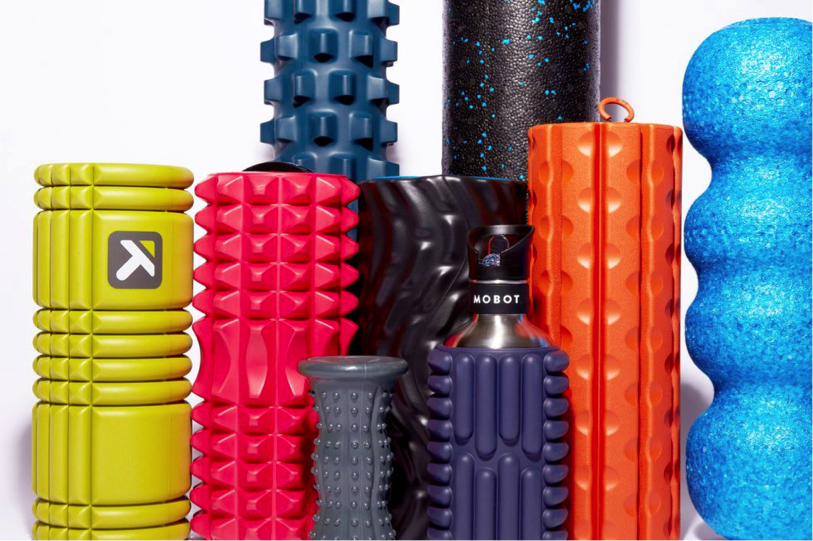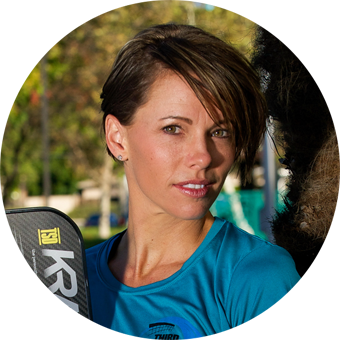

Dozens of studies have linked foam rolling with improved range of motion, flexibility, and mobility as well as reduced soreness. Done before a workout, it can act like a dynamic warmup — increasing circulation, loosening tight spots, and priming your body to move. After a workout, it can act like a sports massage — reducing muscular tension and flushing out toxins to help recovery.
Rolling increases blood flow and releases muscle tightness that can interfere with proper athletic form. And because rolling breaks down knots that limit range of motion, it preps your muscles for stretching.
If you have never tried foam rolling before, there are many choices for rollers.
Firmness — For foam rolling newbies, a roller may seem like a torture device. Digging into sore muscles after a tough workout session takes some getting used to, which is why the firmness of a foam roller determines how much “oh-so-good pain” you are willing to handle. Start with a less firm roller at first with a large surface area. As you get more comfortable, you can use firmer rollers to dig in more or a roller with a smaller surface area such as a lacrosse ball.
Texture — Like firmness, the texture of a roller will determine the level of intensity. This can range from a perfectly smooth (gentler) surface, to a spiky (really intense) one.
Now get rolling, and you will be amazed at how much lighter and responsive your body will feel during activity, how much more rested your muscles will feel, and how many less injuries you will be prone to.

Calves:
Start sitting on the floor with legs extended out in front of you. Place the roller under left calf. Rest right foot on the floor or cross right ankle over left for extra pressure. Use your hands to press hips off floor, then roll from the ankle to below the knee. Rotate left leg in, then out. Repeat on right calf.
Iliotibial Band:
Lie on left side with the foam roller near left hip. Cross right leg over left and rest right foot on the floor with the knee bent. Using your forearm, roll along your outer thigh from outer hip to just above the knee. Increase the pressure by stacking your legs. Repeat on right side.
Piriformis:
Start by sitting on the roller with left knee bent, foot on floor. Cross right ankle over left knee. Lean onto your left side and roll forward and back along your left outer hip and glute, using your left leg to control the pressure. Rotate hips left and right to find the trigger points and knots, then concentrate there for 60 seconds. Repeat on right side.
Hamstrings:
Sit on the floor and place the roller under your thighs. Use your hands to lift your hips then roll from the knees to the glutes. To increase the pressure, cross right leg over left and roll one leg at time, turning left leg in and out. Repeat on right leg.
Adductors:
Lie facedown on a mat on your forearms, shoulders over elbows with right leg extended out to the side, knee bent. Place the roller on your inner right thigh area and use your forearms and left leg to shift your weight back and forth to roll the inner right thigh. Roll from knee to hip then repeat on left leg.
Quadriceps:
Lie facedown on the mat on forearms with a roller placed under the front of your thighs. Use your forearms to shift back and forth to slowly roll up and down from the bottom of your hip to the top of your knee. For added pressure, lift left leg and roll one leg at a time. Repeat on left leg.